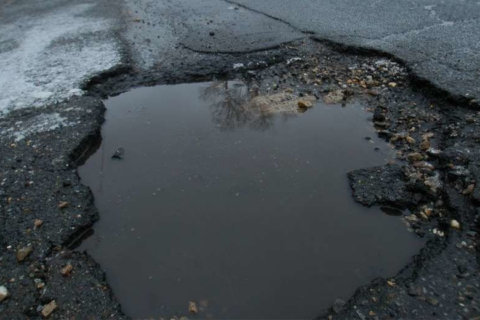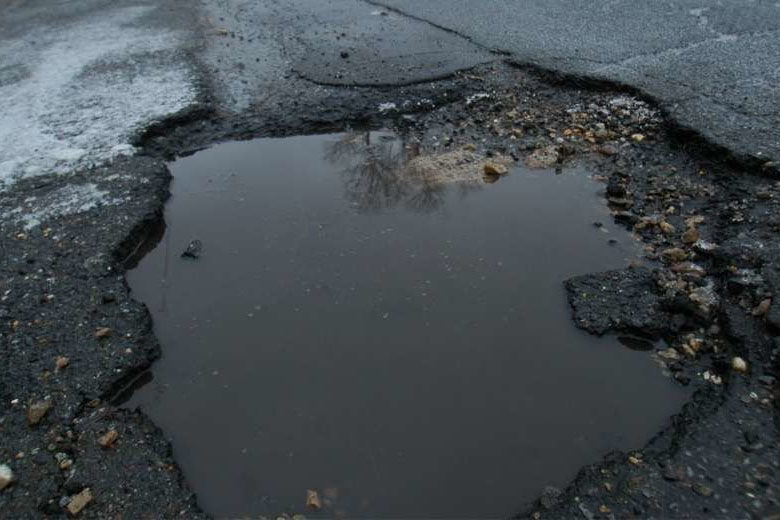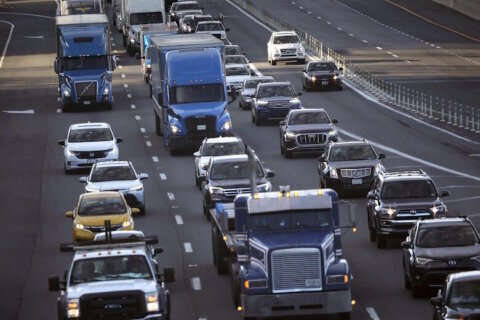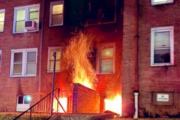
Citing poor road conditions, the National Park Service has lowered the speed limit on the Baltimore-Washington Parkway to 40 mph between Maryland routes 197 and 32, effective Saturday.
The announcement Friday for that stretch — which has had a posted limit of 55 mph — follows reports of widespread potholes.
The park service said it made the decision after consulting with U.S. Park Police. An increased presence of officers will be on that stretch to enforce the limit.
“We need drivers to slow down,” park service Superintendent Matt Carroll said in a statement. “Reducing your speed will make it safer for you and for the crews working every day to address current road conditions.”
The winter weather has taken an especially harsh toll on the parkway this year, leading to flat tires and damaged vehicles.
“Roadways across the national capital region have developed extensive potholes this winter, and that may be because of the record amount of precipitation that we got in 2018,” said park service spokesman Jonathan Shafer. “It’s probably been contributed to by the freeze-thaw cycles that we’ve experienced this winter.”
In the WTOP traffic center, reporter Dave Dildine said they’ve heard about “numerous crashes and even more disabled vehicles” over the the last month or so.
“I heard from a few callers who were very concerned,” Dildine said. “And in their words, the state of the parkway and the road surface was in such deterioration that, in their eyes, it was a safety concern.”
And it’s been a challenge for crews to keep up in their efforts to patch up potholes and fix other deteriorated areas.
“Since the end of January, National Park Service crews have placed over 60 tons of specialized asphalt to patch potholes on the parkway,” Carroll said, “and crews continue to patch potholes daily as weather conditions allow.”
Crews with the park service and the Eastern Federal Lands Highway Division have made repeated attempts to fix the potholes with cold mix asphalt patches (which are quick, easy and cheap but only last days) as a stop gap. They have even used hot asphalt patches (which can hold for weeks or months) on warmer days.
At a certain point, however, a driving surface can deteriorate to the point where patches will no longer hold, and a more permanent fix like resurfacing or full depth reconstruction is needed. That takes more time and more money.
Fortunately, a longer-term fix is in the works, the park service said, with repaving work planned this fall on a stretch between Maryland routes 197 and 198. It’s part of a multi-phase initiative to repave all 18 miles of the parkway.
“We’re working now to accelerate that work so that we can get it done a little bit sooner and bring relief to drivers,” Shafer said.
WTOP’s Dave Dildine and Mike Murillo contributed to this report.









